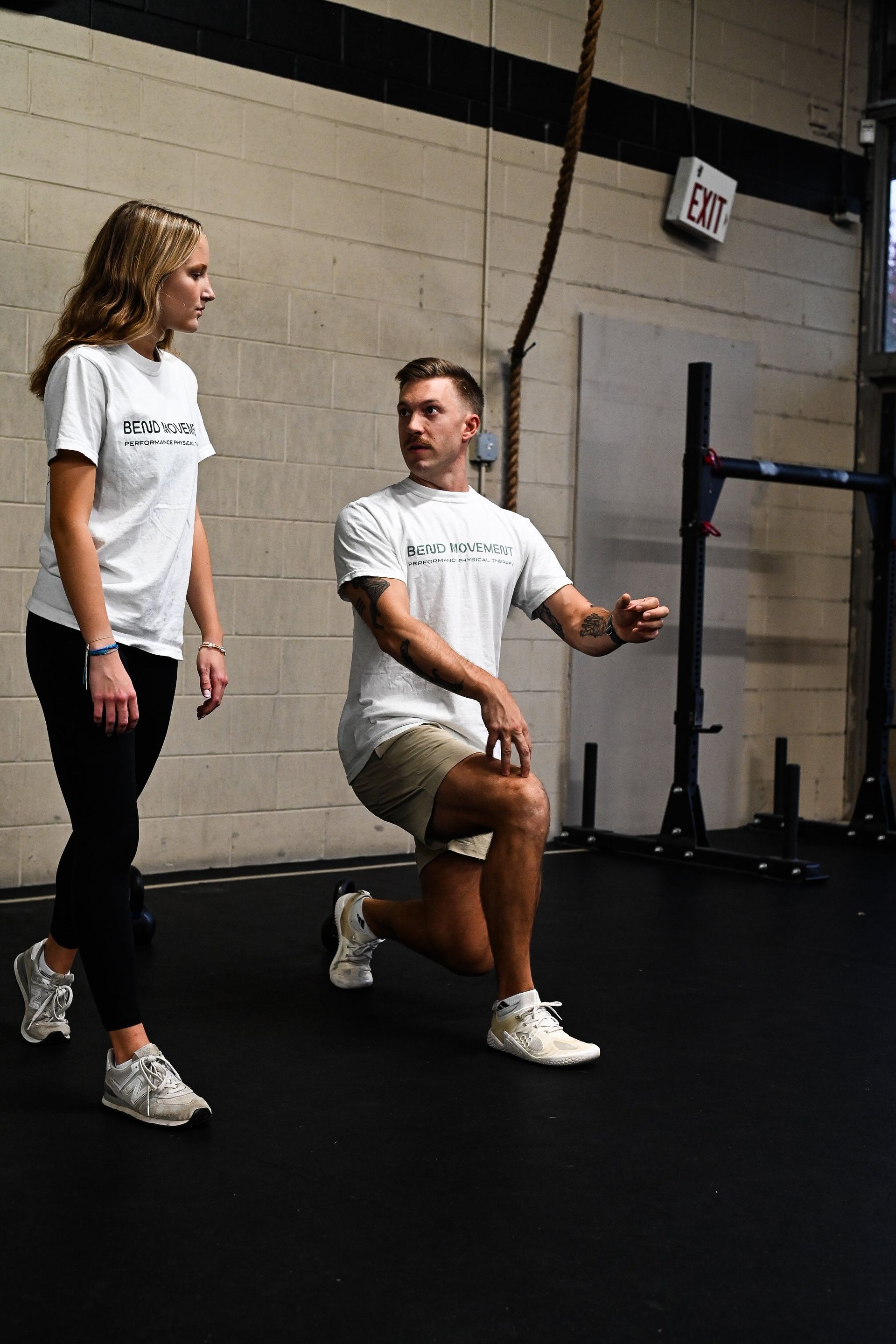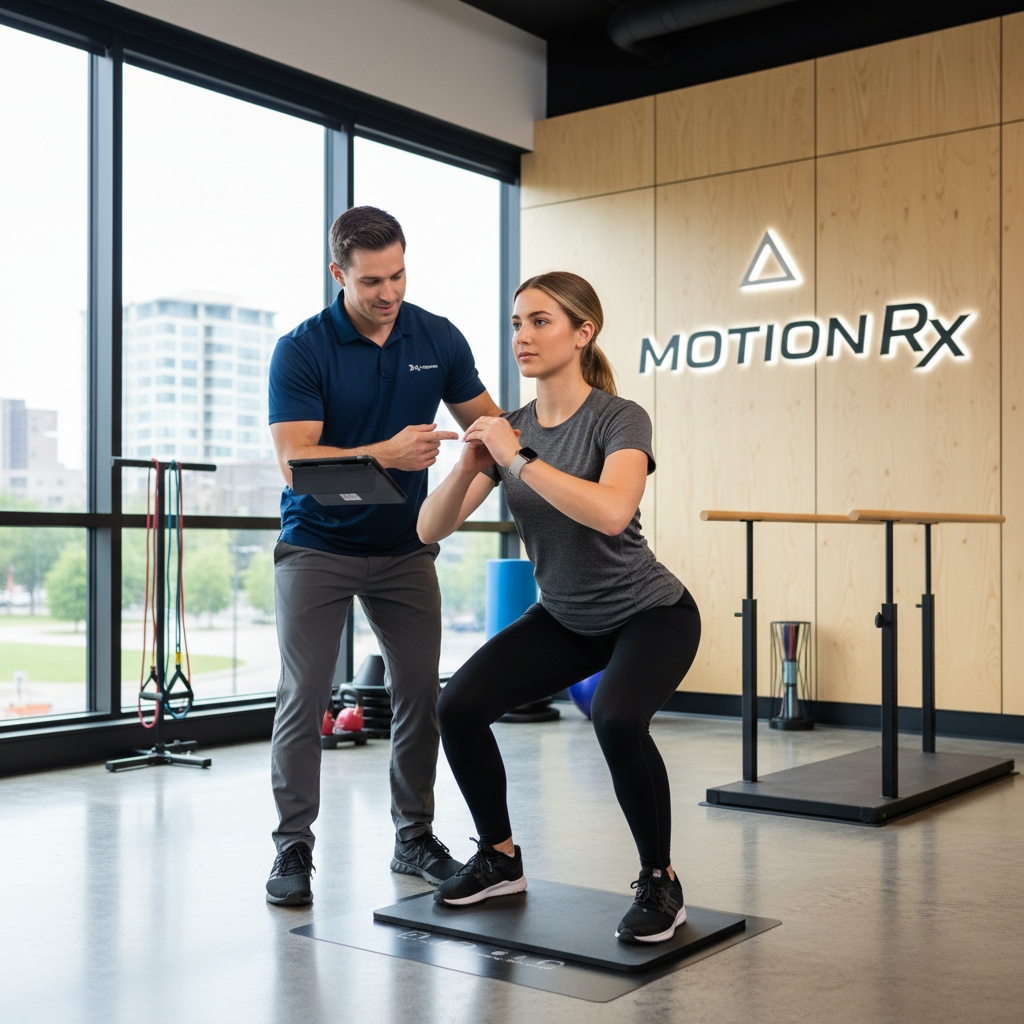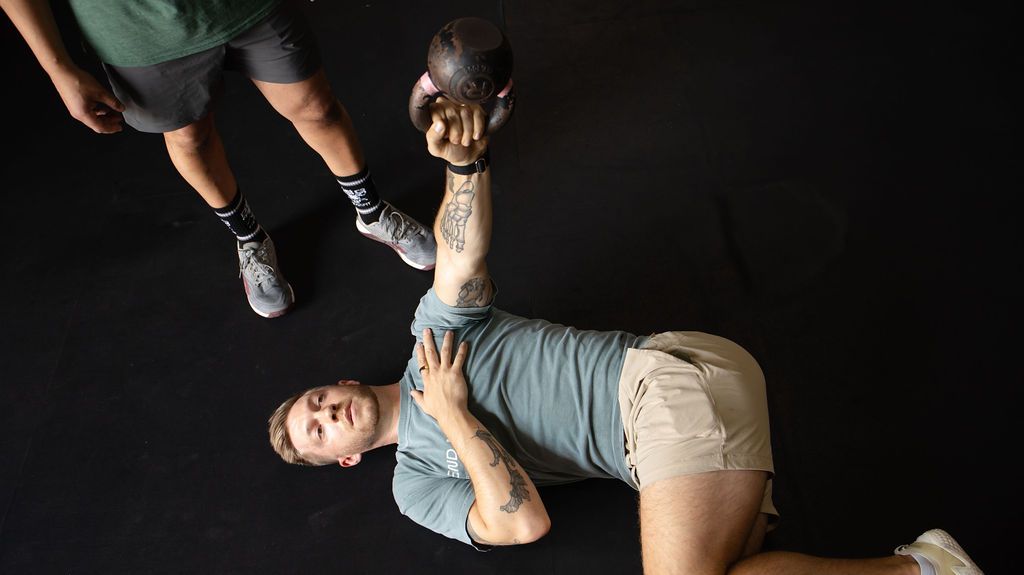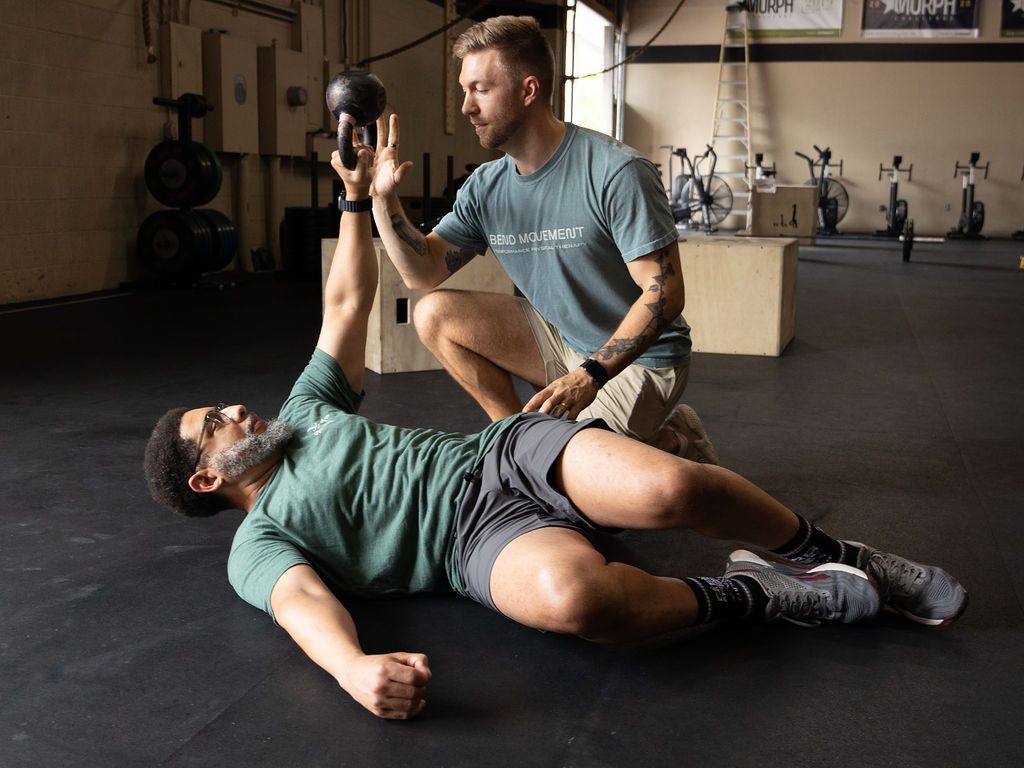By BEN KLINGELHOFER
•
September 18, 2025
For many athletes, physical therapy is something they consider only after an injury. But limiting PT to recovery alone overlooks one of its greatest strengths — performance optimization. Whether you're competing at an elite level or training for your next weekend race, working with a sports physical therapist can help you move more efficiently, train smarter, and perform at your highest potential. READ: How Dry Needling Can Help with Chronic Pain Relief Performance gains aren’t just about adding strength or speed — they’re about improving the way your body functions as a whole. PT helps identify movement inefficiencies, address imbalances, and refine motor control, all of which can have a direct impact on performance outcomes. In a competitive environment where every second counts, investing in your movement quality can be the difference between plateauing and pushing through to your next personal best. How Sports Physical Therapy Enhances Athletic Performance Sports physical therapy isn’t just about getting you back to baseline — it’s about pushing you beyond it. At its core, performance-focused PT is designed to fine-tune the body for the demands of your sport, helping you train more effectively and compete more efficiently. A skilled sports physical therapist evaluates your unique movement patterns, joint mobility, muscle activation, and biomechanics to uncover areas where you're losing power, efficiency, or control. From there, they create a custom plan that targets those limitations through a combination of: Sport-specific strength and conditioning Mobility and flexibility work Neuromuscular training Functional movement correction These interventions aren’t general fitness routines — they’re precise, data-informed strategies to maximize your output while reducing the physical stress that leads to overuse or injury. At Bend PT in Richmond , athletes of all levels work one-on-one with clinicians who understand the demands of sport. Whether you're sprinting, lifting, cutting, or jumping, physical therapy helps ensure every movement is optimized for performance. READ: From Stiff and Stuck to Moving Freely Again: John’s Low Back Story Key Differences Between Rehab and Performance-Focused PT While both rehabilitation and performance physical therapy share a foundation in movement science, their goals — and how they’re approached — differ in meaningful ways. Rehab PT is reactive. It focuses on helping an athlete recover from an injury, reduce pain, and restore basic function. The primary goal is to get you back to where you were before the injury. Performance PT , on the other hand, is proactive. It’s built around optimizing how your body moves and functions before injury occurs. This means fine-tuning strength, coordination, stability, and efficiency to help you reach your peak — not just return to normal. In a performance-focused session at Bend PT, your therapist might analyze video of your sprint mechanics, assess how your hips load during squats, or test how your core responds under fatigue. These are the details that separate good athletes from great ones — and they’re exactly what this kind of PT is designed to improve. Simply put, rehab gets you back in the game. Performance PT helps you change the way you play it. Real Results: What Athletes Can Gain from PT at Bend PT At Bend PT in Richmond, performance physical therapy is more than just theory — it’s a results-driven process that empowers athletes to move better, train harder, and recover smarter. Here’s what athletes consistently gain from working with our team: Increased power and efficiency through refined movement mechanics Improved balance and coordination , translating to quicker reaction times and better control Enhanced mobility and flexibility that supports more fluid, injury-resistant motion Greater body awareness for smarter, more intentional training Fewer setbacks , thanks to proactive strategies that reduce injury risk These outcomes aren’t reserved for elite athletes. Runners, lifters, cyclists, and weekend warriors all benefit from a customized approach that treats their body like the performance machine it is. Whether your goal is to shave time off your mile, improve your deadlift, or stay in the game longer — sports PT provides the structure and strategy to help you get there. Choosing a Cash-Based PT Model for Better Performance Outcomes When it comes to optimizing athletic performance, time and quality matter. Cash-based physical therapy offers a level of care that’s often missing in traditional models — and that can make all the difference in your results. READ: Movement Snacks: Small Bites of Motion for a Healthier Day At Bend PT , athletes receive uninterrupted one-on-one sessions with a licensed physical therapist . There are no rushed appointments, no handoffs to aides, and no insurance constraints limiting what your body needs. This structure allows for deeper assessments, more personalized plans, and the ability to focus on performance — not just pain relief. You’ll work directly with a clinician who understands your sport, your goals, and how to help you move better with purpose. The result? A more efficient path to peak performance with fewer barriers and better outcomes. Choosing a cash-based model means choosing care that’s built around you — not a billing code.











